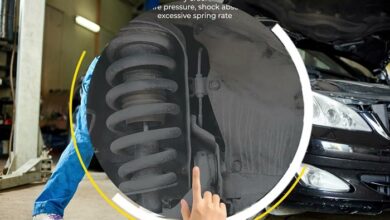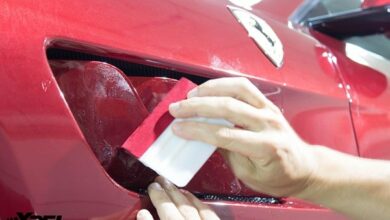When was the last time you had your Subaru’s tires rotated and balanced? If you’re like many drivers, you might view these services as unnecessary upsells. But tire rotation and balancing are important maintenance procedures that can extend your tires’ life and improve your vehicle’s performance. Here’s why tire rotation and balancing are so important.
Understanding Tire Rotation
Tire rotation is a simple yet effective maintenance task. It involves moving your tires from one position on your vehicle to another, following specific patterns based on your Subaru’s drivetrain. For instance, on all-wheel-drive Subaru models, the rear tires typically move straight to the front, while the front tires are moved diagonally to the rear.
The recommended interval for tire rotation is generally between 5,000 to 8,000 miles. A good rule of thumb is to have your tires rotated every other oil change. If you notice uneven tire wear or experience vibrations while driving, it might be time for a rotation.
The Importance of Tire Rotation
Regularly rotating your tires helps distribute wear evenly across all four tires. This is particularly important for Subarus, as the weight distribution and drivetrain configuration can cause tires to wear at different rates. Even wear translates to several benefits:
- Improved handling and traction
- Enhanced safety, especially in wet or slippery conditions
- Extended tire life
- Better fuel efficiency
By maintaining even tread wear, you’ll enjoy a smoother ride and potentially save money in the long run by avoiding premature tire replacements.
What is Tire Balancing?
While often performed alongside rotation, tire balancing is a distinct procedure. It involves ensuring that the weight of the tire and wheel assembly is evenly distributed. Technicians use specialized equipment to detect any imbalances and correct them by adding small weights to the wheel rim.
Proper tire balancing is crucial for:
- Reducing vibrations at high speeds
- Preventing uneven wear on tires and suspension components
- Improving overall ride comfort
Like rotation, tire balancing should be performed every 5,000 to 8,000 miles or when you notice vibrations in your steering wheel, floorboard, or seat.
The Benefits of Regular Maintenance
Combining tire rotation and balancing as part of your regular Subaru maintenance routine offers numerous advantages:
- Optimal tire performance
- Increased tire lifespan
- Improved fuel efficiency
- Enhanced safety on the road
- Better handling and ride comfort
By keeping up with these services, you’ll not only save money on premature tire replacements but also ensure your Subaru performs at its best in various driving conditions.
Contact A Tire Shop for Tire Rotation and Balancing
Don’t neglect your Subaru’s tires – they’re your only connection to the road. Whether you drive an Outback, Forester, Crosstrek, or any other Subaru model, regular tire rotation and balancing are essential for maintaining your vehicle’s performance and safety. Contact a tire shop today to learn more and get tire rotation and balancing.





